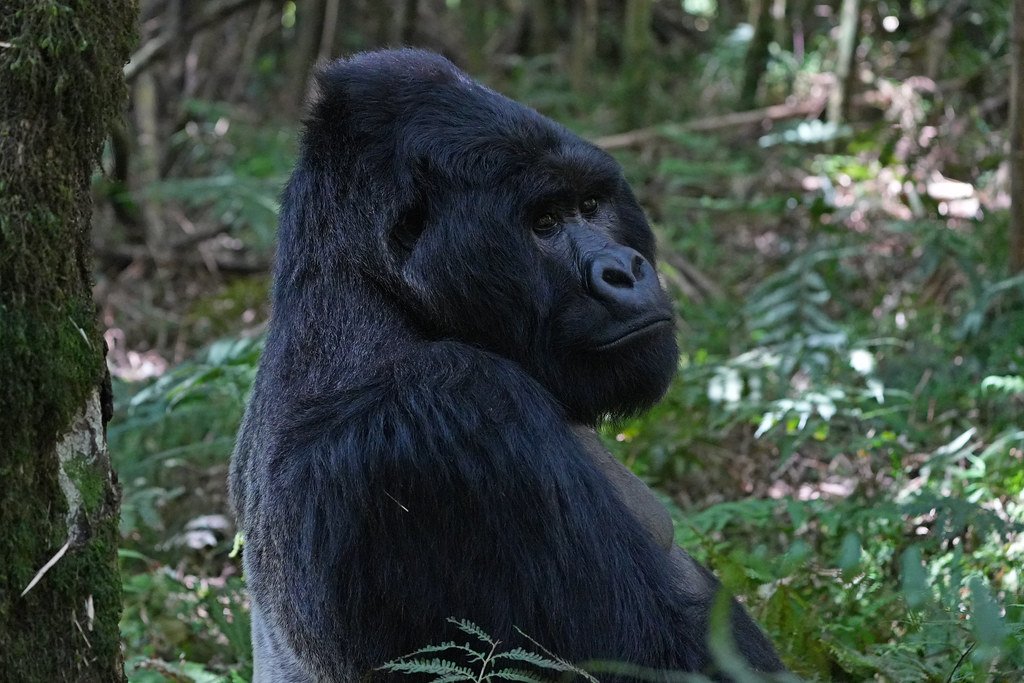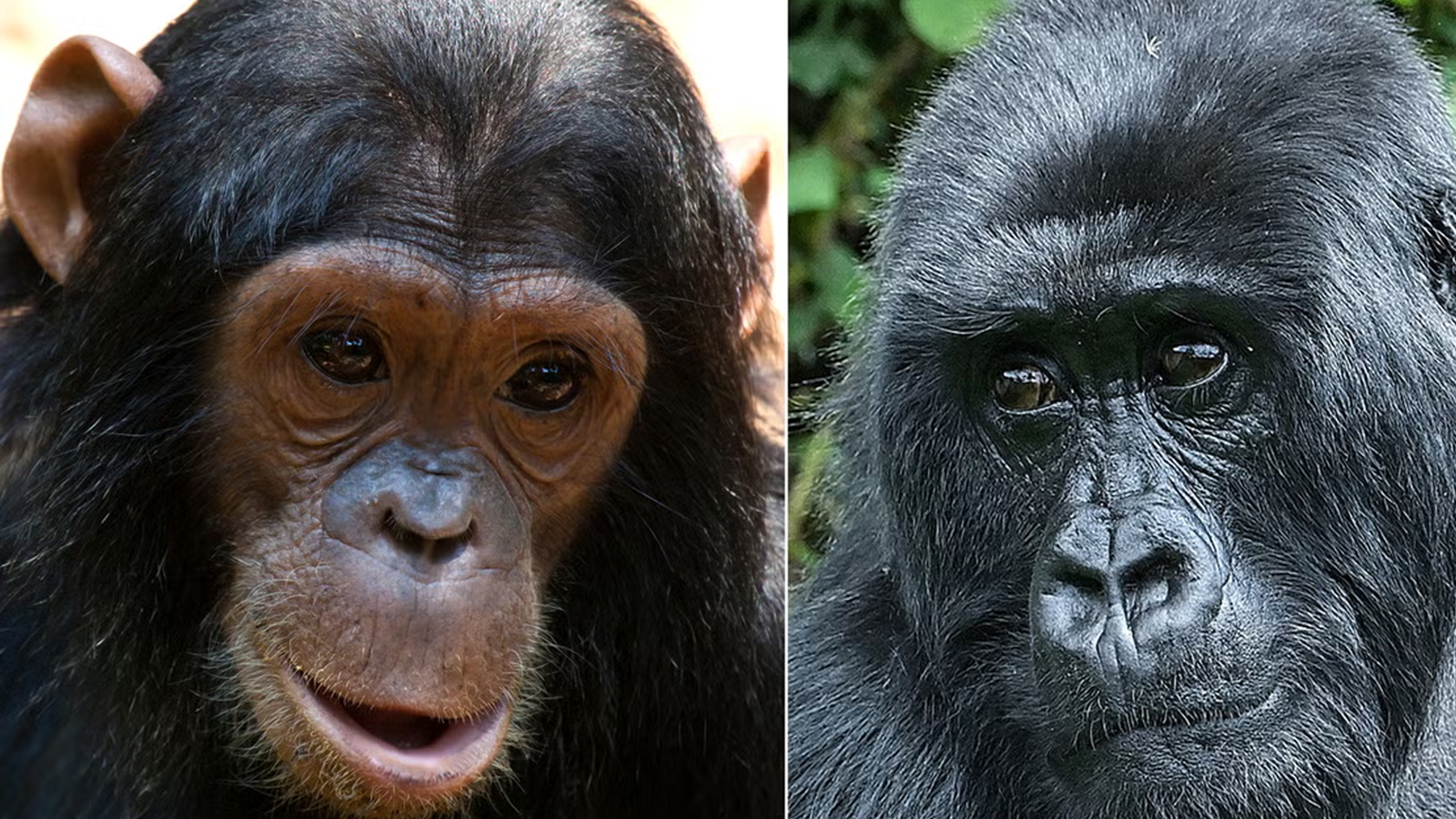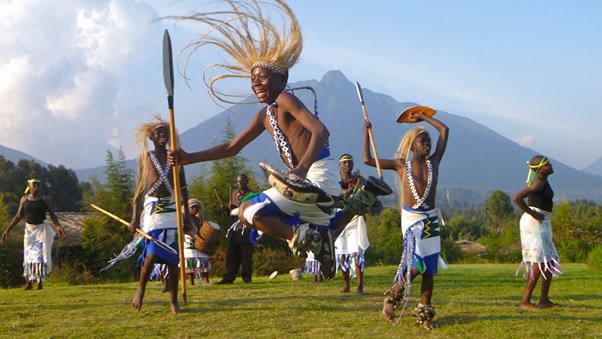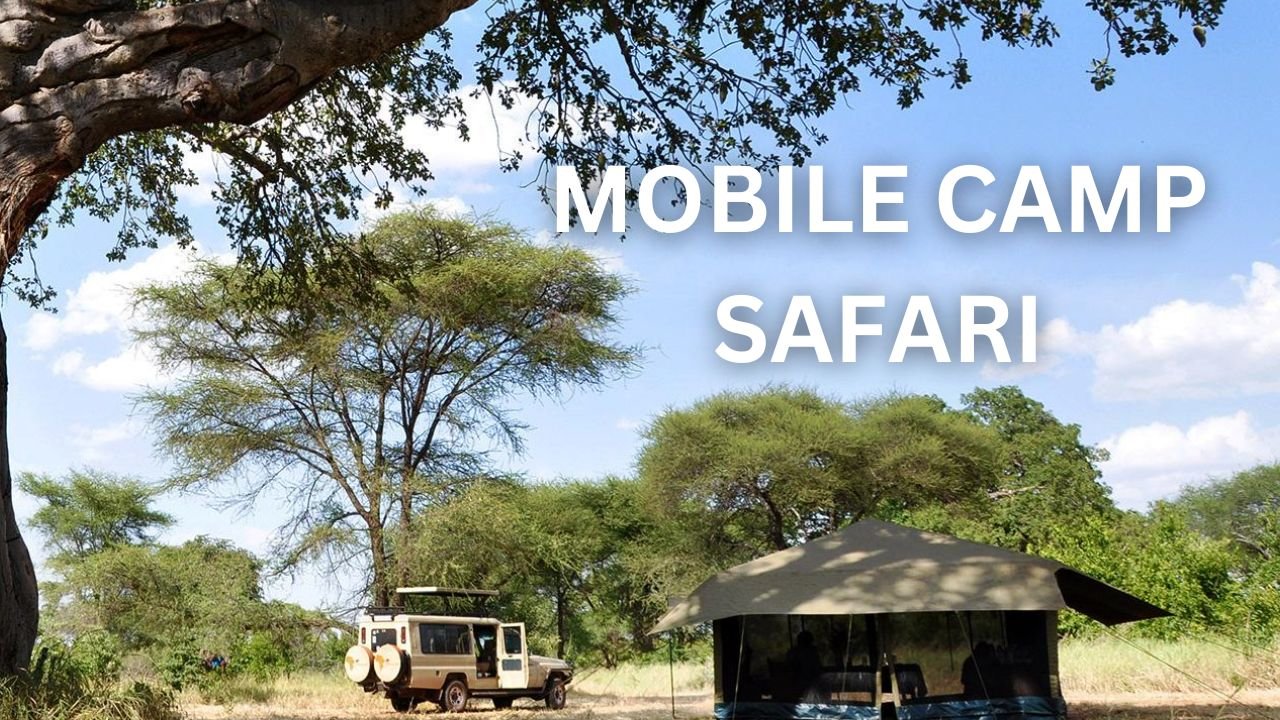
Bwindi information
These communities have a deep connection with the forest, relying on its resources for sustenance, medicine, and cultural practices. Efforts have been made to involve local communities in the management and conservation of the park, recognizing their vital role in preserving this unique ecosystem. Conserving Bwindi Impenetrable National Park has not been without its challenges. Encroachment, illegal logging, poaching, and agricultural activities posed significant threats to the park’s delicate ecosystem. Population pressure and the need for land for cultivation have resulted in human-wildlife conflicts. The conservation community, along with local stakeholders, has worked tirelessly to address these challenges through various initiatives aimed at promoting sustainable livelihoods, education, and alternative income-generation projects. Ecotourism has played a pivotal role in the sustainable development of Bwindi Impenetrable National Park and the surrounding communities. Responsible tourism practices, such as gorilla trekking and nature walks, provide economic benefits to the local communities, creating incentives for conservation. Revenue generated from tourism activities is reinvested in conservation efforts, community development projects, and education programs, ensuring the long-term viability of the park and its inhabitants. Gorilla trekking is an incredible and unique wildlife experience that allows you to observe endangered mountain gorillas in their natural habitat. If you’re a beginner and interested in gorilla trekking.Here are some of the things you have to know for Gorilla Trekking;
Gorilla trekking is done in Uganda in Bwindi Impenetrable National Park. They are actually four Trail heads where this eco-tourism activity is done and these include the Nkuringo sector, Buhoma Sector, Ruhija sector, and Nkuringo sector.-
- Obtain Permits: Gorilla trekking requires a permit, which allows you to spend a limited amount of time with the gorillas. Permits can be obtained through tour operators or national park authorities. It’s essential to book your permit well in advance, as they are limited and in high demand.
- Physical Fitness: Gorilla trekking involves hiking through dense forests and steep terrain. While you don’t need to be an athlete, a reasonable level of fitness is required. Regular exercise and being prepared for long hikes will enhance your experience.
- Follow Guidelines: It’s important to follow the guidelines provided by the park authorities and your guides. These guidelines are in place to protect the gorillas and ensure a safe experience for both visitors and the gorillas. Maintain a safe distance, avoid direct eye contact, and don’t touch the gorillas.
- Dress Appropriately: Wear comfortable and sturdy clothing, preferably in neutral colors. Long pants and long-sleeved shirts will protect you from insects and thorny vegetation. Don’t forget to wear sturdy hiking boots and carry a waterproof jacket.
- Pack Essentials: Bring essential items such as a backpack, sunscreen, insect repellent, a hat, snacks, water, and a camera (without flash). Remember to pack light as you’ll be carrying your belongings during the trek.
- Be Prepared for Weather Conditions: The weather in gorilla trekking regions can be unpredictable. Be prepared for rain, cold temperatures, and humidity. It’s advisable to carry rain gear and layers of clothing to adjust to changing weather conditions.
- Respect Wildlife and Environment: While trekking, ensure you leave no trace behind. Do not litter and avoid making loud noises that might disturb the wildlife. Respect the gorillas’ space and remember that you are a guest in their natural habitat.
- Enjoy the Experience: Gorilla trekking is a once-in-a-lifetime experience. Take your time to observe and appreciate the gorillas in their natural environment. Listen to the sounds of the forest and capture memories without disturbing the peace of the gorillas.



